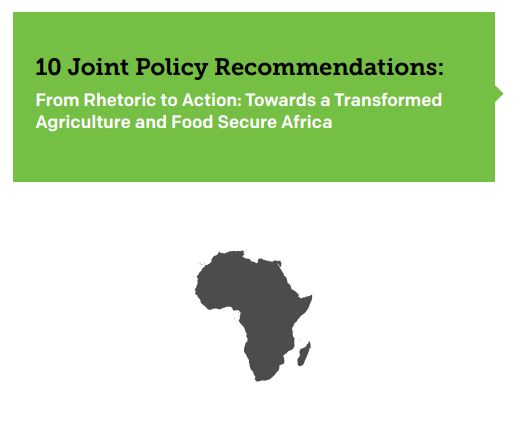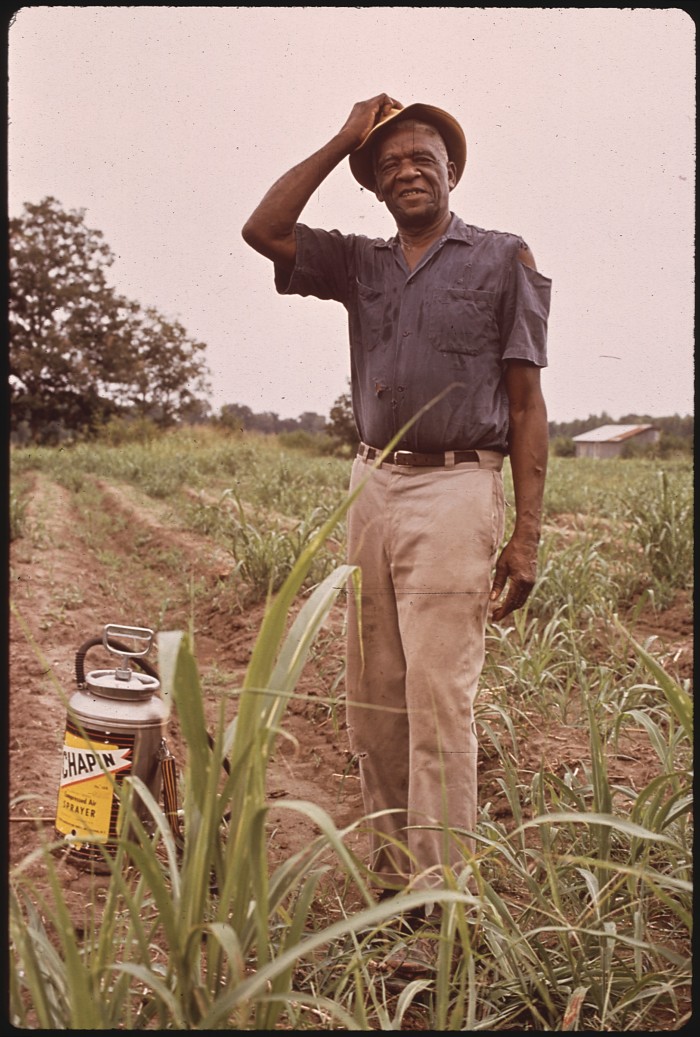Market Accessibility and Regional Maps : Kyrgyz Republic
Access to markets is argued to have a
significant role in development. In order to quantify the
access of places to markets, policy makers are showing
increasing interest in accessibility indicators (Yoshida and
Deichmann 2009). This paper seeks to examine the spatial
relationship of access to market in the Kyrgyz Republic
using a recent census and household survey in order to
identify possible linkages with rates of poverty and other








